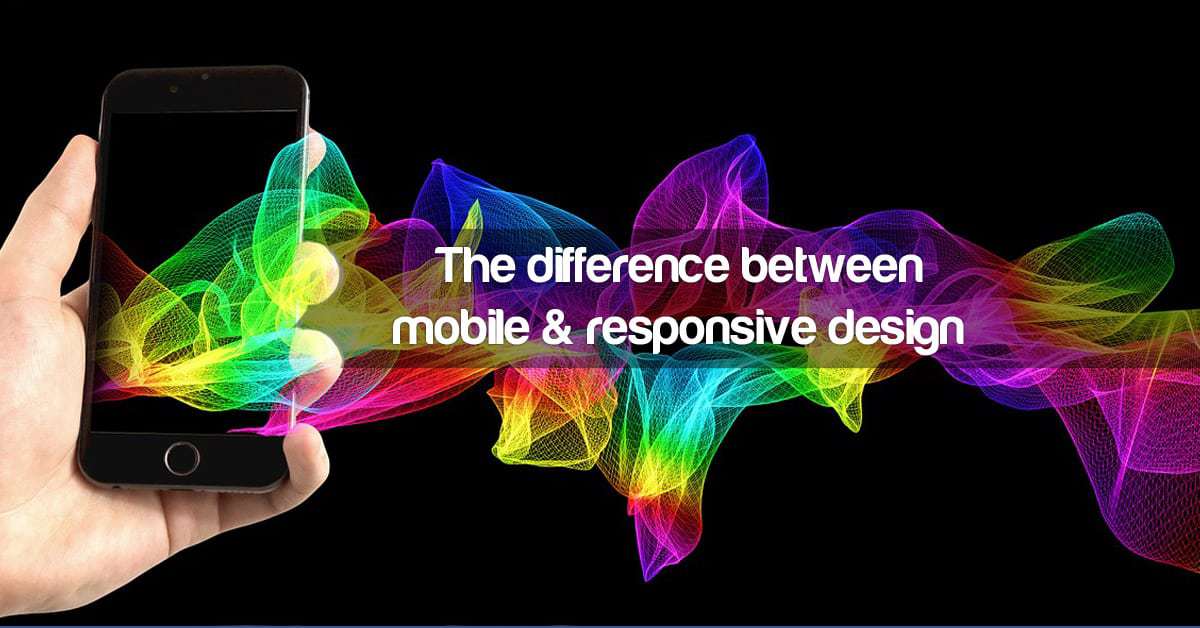 At this present time every business wants to accommodate tablets and smartphones with a mobile-friendly website, and there are two basic ways to go about it. Your site can be built to forward mobile users to a separate mobile site, with content formatted to fit smaller screens, and navigation optimized for touching instead of clicking. The other option is responsive design, in which one unified site has the flexibility to adapt automatically to best suit whatever device it is being viewed on.
At this present time every business wants to accommodate tablets and smartphones with a mobile-friendly website, and there are two basic ways to go about it. Your site can be built to forward mobile users to a separate mobile site, with content formatted to fit smaller screens, and navigation optimized for touching instead of clicking. The other option is responsive design, in which one unified site has the flexibility to adapt automatically to best suit whatever device it is being viewed on.
So the question facing everyone is; which do I choose? What is the difference between the two solutions? Which one is better, mobile friendly site or responsive site? It is really a difficult question to answer, however, with some experts choosing a preferred and railing against the other side. The way we see it at signal, neither solution is best. Both a mobile-friendly site and responsive design will optimize your site to be more appropriate for smaller screens; both will offer simpler navigation and faster load times. However, there are differences, which is why we share the advantages and disadvantages of both solutions below.
Mobile-Friendly Design
A mobile-friendly website is designed specifically for mobile devices considering all the limitations and opportunities of the platform. While developing a mobile website you should remember the small screen size, interaction methods and limited connection speed. Content must be easily accessible, readable and fast-loading. Since there are many mobile devices with different screen sizes and interaction types, it is impossible to create a website per device type. Also there are a few principles to follow when developing a mobile friendly website, like organizing your content into one column layout for a more ergonomic user interface.
Advantages:
- User experience: Congratulations! You have a website that is specifically optimized for mobile devices, considering all benefits and limitations of the platform, so you have a good ground to create a beautiful and usable UX.
- Immediately accessible: Though not an extra advantage over responsive websites, but it still plays its role compared to native apps, where users have to pass through download and installation processes.
- Speed: Your website will load fast and easily on mobile platforms.
- Cost: Building a mobile website is not a cheap option as compared to responsive web design, so you need to consider the overall return on investment.
- Benefit from local search: Search engines tend to provide good UX nearly as much as you do, so in local search results mobile optimized websites have better chances to rank.
 Disadvantages:
Disadvantages:
- Not Universally Compatible: You have to consider that there are two different types of mobile devices: touch-screen and keyboard navigation. A single mobile website won’t look and work the same way across all device types.
- Maintenance cost: You will have to maintain two websites.
- Multiple URLs: Your customer has to remember at least two URLs, or otherwise be redirected to the mobile website, which takes several seconds. The mobile website will need additional SEO work as well.
Responsive Site/Responsive Web Design
Responsive site also allows you to have a single website that automatically fits the screen size of the device on which it is being viewed. This is achieved by adapting the navigation, content, design, and method of interaction to deliver the same comfort and usability to the mobile user as to the desktop user. This means that you have just one website that looks equally well on all types of devices.
Advantages:
- Easy SEO: There is no need to create specific content for mobile devices, while you still enjoy the benefits of your desktop website SEO on mobile devices.
- A single website: It is easier to administer just one website for all devices.
- Easy marketing: No extra work for the marketing department is required to promote your website on mobile.
- Low cost maintenance: Simple math — one website is cheaper than two.
- A single URL: This makes sure your users will find you on mobile devices without having to wait for redirects, especially helpful on slower connections.
Disadvantages:
- It can be difficult to achieve a happy medium between desktop and mobile UX, which often leads to some restrictions in regards to overall design.
- Technical: As responsive web design is a relatively new technology, there are still some outdated devices with old browsers that will load the website too slowly or even not fully.
Responsive websites are very much the standard these days, with dedicated mobile sites only recommended for very specific target audiences.






